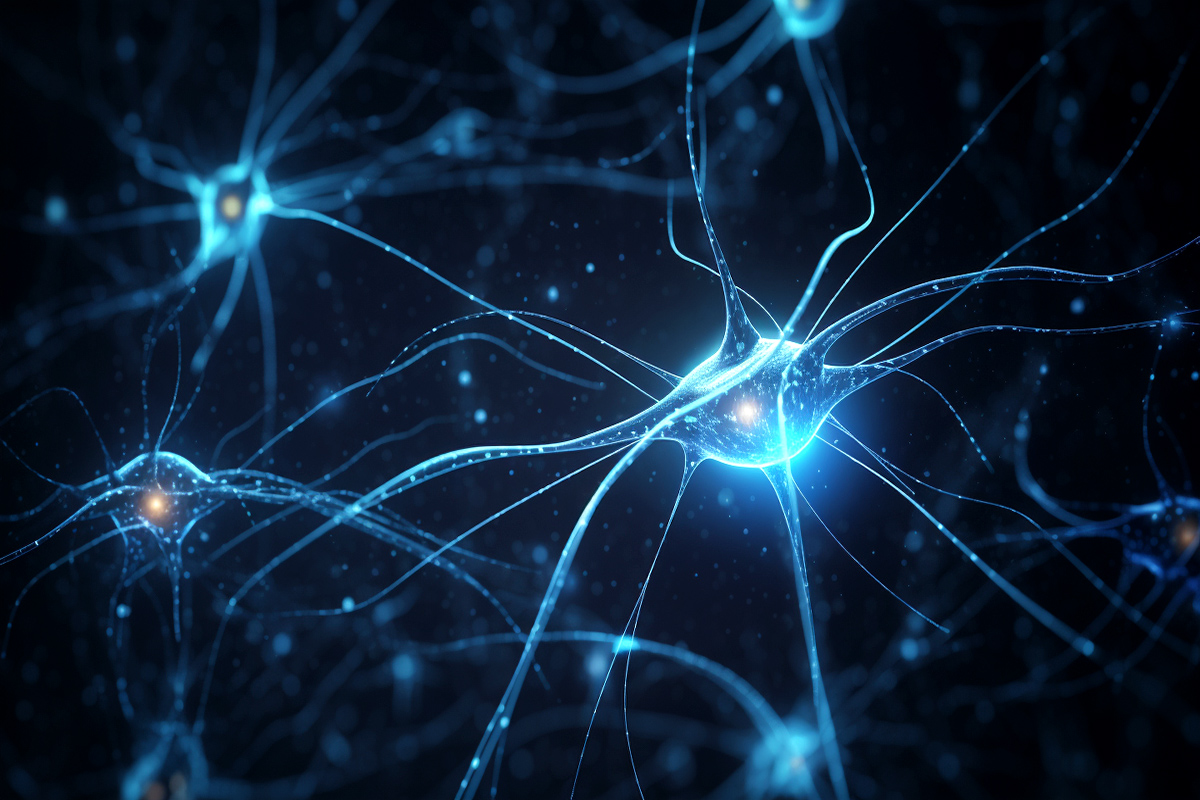The neuroscience study opens new avenues for understanding the brain’s role in learning and education. As researchers uncover more about the mechanisms underlying acquiring knowledge, educators can implement evidence-based strategies to enhance student outcomes. This blog post delves into the fascinating world of neuroscience, explores how the brain learns, and examines various learning theories and strategies informed by neuroscientific research.
Understanding the Basics of Neuroscience
Neuroscience refers to studying the nervous system, focusing on its role in behavior, cognition, and learning. The human brain, a complex organ, contains billions of neurons that transmit information through electrical and chemical signals. These neurons form networks, and the brain’s organization into different regions allows it to carry out specific functions.
The Brain’s Role in Learning
Learning involves three primary processes: encoding, consolidation, and retrieval. The brain processes new information during encoding, while consolidation refers to stabilizing memories. Retrieval, on the other hand, involves recalling information from memory. Several brain regions, including the prefrontal cortex, hippocampus, and amygdala, contribute to these processes. The prefrontal cortex plays a role in decision-making, problem-solving, and critical thinking, while the hippocampus is essential for forming new memories. The amygdala is responsible for emotional processing and memory consolidation.
Neuronal plasticity, the brain’s ability to change and adapt due to experience, is critical to learning. Synaptic plasticity involves changes in the strength of connections between neurons, and neurogenesis refers to the formation of new neurons. Both of these processes contribute to the brain’s adaptability and capacity for learning.
Cognitive Learning Theories
Cognitive learning theories focus on the mental processes involved in learning. One such theory, the Information Processing Theory, likens the brain to a computer. According to this theory, information passes through three stages: sensory memory, short-term memory, and long-term memory. Another cognitive learning theory, Cognitive Load Theory, emphasizes working memory capacity limits. Effective learning requires managing cognitive load to prevent overloading.
The Science Behind Effective Learning Strategies
Neuroscience research has identified several effective learning strategies, including retrieval practice, spaced repetition, and interleaving. Retrieval practice involves actively recalling information from memory, which has been shown to strengthen memory and improve long-term retention. Spaced repetition refers to revisiting material at increasingly longer intervals, a technique proven to enhance memory consolidation and retention. Interleaving involves mixing different topics or types of problems during study sessions, which can enhance cognitive flexibility and promote the better transfer of learning.
The Impact of Emotion on Learning
The amygdala plays a significant role in learning, processing emotional stimuli, and connecting them to memories. Emotional regulation, or the ability to manage emotions, can impact cognitive processes and learning outcomes. Chronic stress can impair memory and cognitive function, making it essential to develop strategies to reduce stress and promote a positive learning environment.
The Neuroscience of Learning Disabilities
Learning disabilities are neurodevelopmental disorders that affect the brain’s ability to process information. Individuals with learning disabilities exhibit structural and functional differences in language, memory, and attention-related brain regions. Strategies for supporting individuals with learning disabilities include personalized learning plans, assistive technologies, and support from educators, therapists, and specialists.
The Future of Neuroscience in Education
The potential of neuroscientific research in education is immense. As researchers continue to expand our understanding of how learning occurs, educators can integrate these findings into evidence-based teaching strategies. Identifying individual learning preferences and needs can lead to more personalized educational experiences.
Technology also plays a role in the intersection of neuroscience and education. Neuroimaging techniques like functional magnetic resonance imaging (fMRI) and electroencephalography (EEG) allow researchers to study learning processes in real-time. Brain-computer interfaces and adaptive learning technologies hold promise for developing personalized learning experiences. Virtual reality and immersive learning environments can also provide unique educational opportunities that engage students on a deeper level.
Ethical considerations must be addressed in applying neuroscience to education. Balancing the benefits and potential risks of using neuroscientific data in educational settings is crucial. Issues of privacy, consent, and data security must be considered.
Conclusion
The field of neuroscience offers valuable insights into the brain’s role in learning and education. Educators can implement evidence-based strategies to enhance student outcomes by understanding the underlying learning mechanisms. Cognitive learning theories, such as Information Processing Theory and Cognitive Load Theory, can provide a framework for understanding the mental processes involved in learning.
Neuroscientific research has also informed effective learning strategies, such as retrieval practice, spaced repetition, and interleaving. These strategies have improved memory consolidation, retention, and cognitive flexibility. Additionally, understanding the impact of emotion on learning and the neuroscience of learning disabilities can help educators develop targeted support strategies for students with diverse needs.
As the field of neuroscience continues to grow, so too will its potential applications in education. Technology, including neuroimaging techniques and virtual reality, will undoubtedly play an increasingly important role in understanding and enhancing learning experiences. However, it is essential to address ethical considerations to ensure that these advancements benefit all students and protect their privacy and rights.
Key Takeaways
- Neuroscience helps understand the brain’s role in learning and education, informing evidence-based teaching strategies.
- The human brain contains billions of neurons organized into specific regions, each responsible for particular functions.
- Learning involves encoding, consolidation, and retrieval, with the prefrontal cortex, hippocampus, and amygdala playing crucial roles.
- Neuronal plasticity, including synaptic plasticity and neurogenesis, is essential for learning and adaptability.
- Cognitive learning theories, such as Information Processing Theory and Cognitive Load Theory, provide frameworks for understanding mental processes in learning.
- Effective learning strategies include retrieval practice, spaced repetition, and interleaving, all backed by neuroscience research.
- Emotions impact learning, with the amygdala playing a significant role in emotional learning and memory.
- Learning disabilities result from structural and functional differences in the brain, requiring targeted support strategies.
- The future of neuroscience in education includes technology such as neuroimaging techniques, brain-computer interfaces, and virtual reality.
- Ethical considerations, including privacy and consent, must be addressed when applying neuroscience to education.
